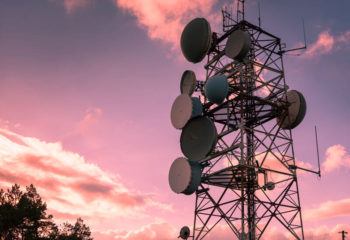Temperature, Thermal Energy, and Particle Motion Science Games
8 gamesIn this series of games, your students will learn about the relationship between thermal energy and temperature, and how temperature is measured. The Temperature, Thermal Energy, and Particle Motion learning objective — based on NGSS and state standards — delivers improved student engagement and academic performance in your classroom, as demonstrated by research.
Scroll down for a preview of this learning objective’s games and the concepts they drive home.
Concepts Covered
Temperature measures the average kinetic energy of the particles in a substance. Thermal energy measures the total kinetic energy of the particles in a substance. The greater the motion of particles, the higher a substance’s temperature and thermal energy.
A substance’s total thermal energy depends on its temperature, number of atoms, and physical state. More atoms and higher temperature mean more thermal energy. If all other conditions are the same, substances in gas form have the most thermal energy, followed by liquids, then solids.
Temperature can be measured with a thermometer. The matter inside a thermometer expands as its particles gain thermal energy and move. There are three scales for quantifying temperature:
- Degrees Fahrenheit (℉)
- Degrees Celsius (℃)
- Kelvins (K)
Scientists can also measure temperature based on the color of light an object gives off. This is useful if an object is far away, or if it is too hot to touch.
A preview of each game in the learning objective is found below.
You can access all of the games on Legends of Learning for free, forever, with a teacher account. A free teacher account also allows you to create playlists of games and assignments for students and track class progress. Sign up for free today!











